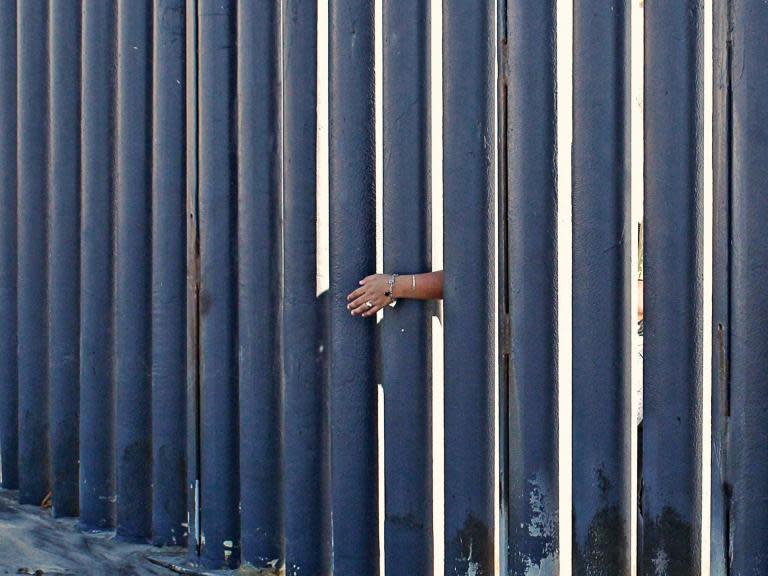Trump’s border wall will not work ‘no matter how high’, scientists warn
It is a "fantasy" to think that constructing a wall on the Mexican border will keep immigrants out of the US, scientists investigating global migration have concluded.
Around the world at least 70 sizeable walls currently exist along borders, despite their limited role in providing security or stopping the flow of people.
In the US, Donald Trump has insisted that building a wall is vital to keep out the flow of dangerous people and drugs from Mexico.
However, researchers contest this and say the wall that featured so prominently in the president’s leadership campaigning would not solve any of these perceived issues.
Professor Dudley Poston who researches demographics at Texas A&M University, said studies both of historic and contemporary border walls made it very clear they simply do not work.
In the US case, around 65 per cent of people illegally staying in the US in recent years have been “visa overstayers” – those who enter legally only to remain longer than they are technically supposed to.
“Trump’s wall, no matter how high it is, is not going to keep out the visa overstayers because they fly in, they come in legally, and then they become illegal,” he said.
Of the 11 million undocumented immigrants currently living in the US, the sociologist said currently around two fifths are thought to have entered this way.
As for the remaining portion, he said evidence from border crossing around the world suggest even an expanded wall would not stop people finding their way over, under or around.
He added that far from being the rapists and murderers described by the president, undocumented migrant communities tend to have some of the lowest rates of crime.
“No matter how good a wall is, any wall in the world is gotten around or over or under because those migrants want to get there, there’s selection of migrants – they are the most motivated, often the smartest,” he said.
Presenting his work at the American Association for the Advancement of Science (AAAS) meeting, Prof Poston cited examples of border barriers failing as far back as the Great Wall of China.
Dr Nadia Flores, a researcher at Texas Tech University and herself a former undocumented immigrant, has been tracking the movements of people from Mexico and El Salvador to the US.
She has studied the systems by which immigrant communities, together with employers and landlords, help undocumented individuals thrive in the US and drive the continued flow of people.
“You have the demand for labour, and as long as you have the demand for labour and employers recruiting workers through these social networks, they are going to continue bringing people,” she said. “No matter whether you have a wall, these workers are going to find a way to cross and get to the US because they have this magnet attracting them.”
With immigrant workers taking on work that “Americans don’t want to do”, she said this demand is not going to vanish any time soon.
Last week Mr Trump declared the current situation on the southern border a national emergency, in order to obtain billions of dollars to construct his long-promised wall.
Senior Democrats accused the president of a "gross abuse of power", whil several members of Mr Trump's own Republican party also voiced concern.

 Yahoo News
Yahoo News 

